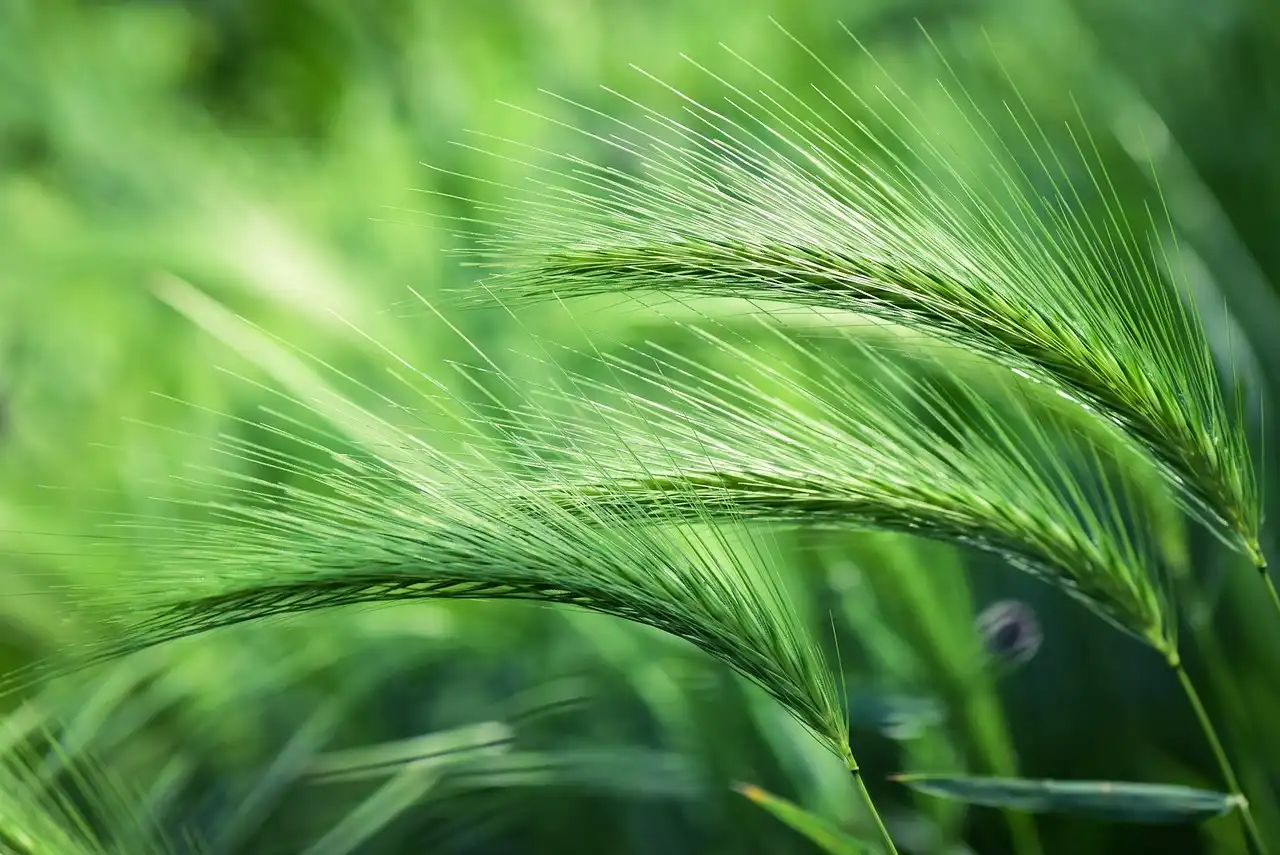
A groundbreaking computational tool accelerates the discovery of genetic diversity in plant species, aiding next-gen crop breeding. The tool detects single nucleotide variants (SNPs) in DNA databases of rice, maize, soybean, and sorghum. This advancement may unlocked genetic potential for…
Read More











